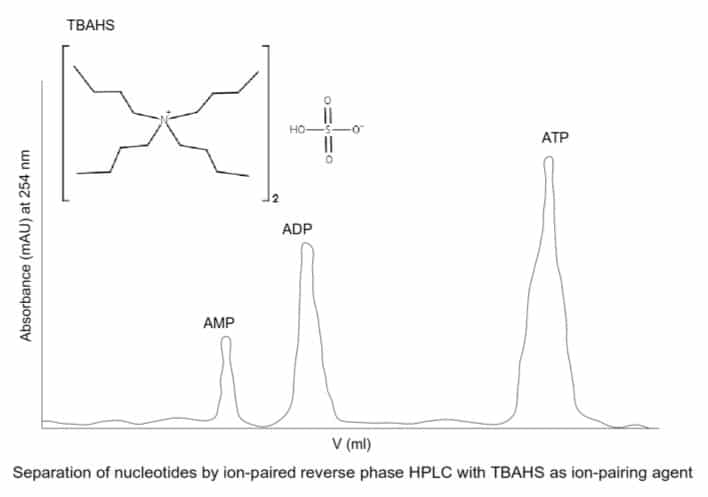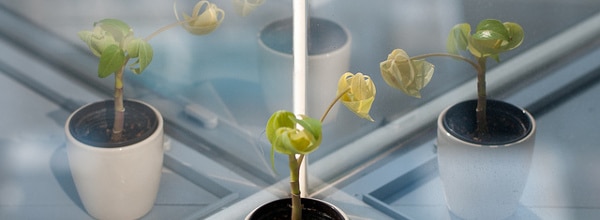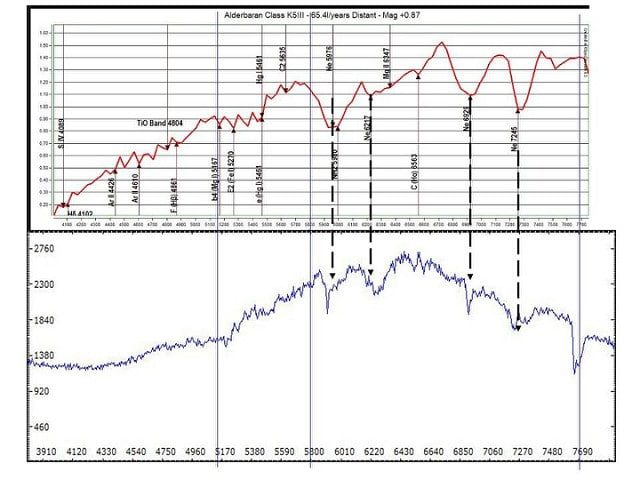Mass spectrometry, also referred to as mass spec or MS, is an analytical technique that is becoming increasingly important in bioscience research. This article will introduce you to mass spectrometry in biological research, explain how it works, and how it could be useful in your research.
What Is Mass Spectrometry?
In a nutshell, mass spectrometry accurately measures the mass of different molecules within a sample. Even large biomolecules like proteins are identifiable by mass, which means that biologists can perform some very interesting experiments using mass spectrometry, potentially adding a new dimension to their research.[1]
Mass Spectrometry in Biological Research – is it Useful?
Yes, if you want to:
- Identify molecules in a mixture;
- Detect impurities in a sample;
- Analyze a purified protein;
- Study the protein content of a sample of cells.
How Does Mass Spectrometry Work?
Before you get started using mass spectrometry in biological research, you should make sure you understand the basics of how the technique works. There are three key stages to a mass spectrometer, and we discuss each in more detail below.
1. Ionization
Molecules in a sample are vaporized (converted to the gas phase by heating). Then, an electron beam bombards the vapors, which converts the vapors to ions. Because mass spectrometry measures the mass of charged particles, only ions will be detected, and neutral molecules will not be seen.
Ions are created by giving electrons to a molecule (producing a negatively charged ion) or taking electrons away from a molecule (producing a positively charged ion).
Note: A sample can only be analyzed by mass spectrometry if it can be vaporized without decomposing.
2. Acceleration and Deflection
Next, the ions are sorted according to mass in two stages – acceleration and deflection.
Acceleration is simply attraction. The positive ions created in the ionization stage accelerate towards negative plates at a speed dependent on their mass. In other words, lighter molecules move quicker than heavier ones.
Deflection is the magnetic bit. Here, the ions are deflected by a magnetic field, and the extent of deflection is again dependent on mass. So, ions of different masses travel through the spectrometer at different speeds.
3. Detection
Ions of increasing mass eventually reach the detector one after another, and then it’s over to the computer to provide a spectrum. The output will look something like in Figure 1.

Note: This simplified mass spectrum has been drawn using data from the Spectral Data Base System for Organic Compounds (SDBS) at the National Institute of Materials and Chemical Research in Japan.
Omission of minor lines with peak heights of 2 % or less of the base peak (the tallest peak) provides clarity.
Reading The Spectrum
First, you should note that the x-axis denotes not just ‘mass’ but ‘m/z’, where m is the mass and z is the charge. What the spectrometer actually measures is the mass/charge (m/z) ratio. Sounds complicated, but it’s not – because since the majority of ions produced during mass spectrometry have a charge of 1, m/z is normally equal to the mass of the molecule. Simple!
Is Mass Spectrometry in Biological Research Worth It?
In a word, yes! Mass spectrometry provides accurate weight measurements for your bio- (or other) molecules, which can be used to:
- Give a good estimate of the purity of the sample (i.e. whether there are one or more molecular species in your sample and what ratio those species are in)
- Monitor reactions, sequence amino acids, and oligonucleotides as well as give information on protein structure
- Identify and quantify samples
Mass spectrometry has enabled biology to move from identifying single proteins to proteome-wide characterization and quantification. With the development of this tool, researchers can now feasibly begin defining biochemical pathways on a kinetic basis, which will help us understand the mechanistic response of cells to changing environments.
Practical Uses of Mass Spectrometry in Biological Research
Drug companies and researchers are using the technique for drug discovery, for gaining information on drug metabolism, and for pharmacokinetic studies.[2] The study of proteins through mass spectrometry is now aided by information obtained from genome sequencing projects.[3] The technique has also found medical uses, such as neonatal screening, blood analysis, and drug testing. These uses also make mass spectrometry (when coupled with other analytical techniques) a powerful tool in forensic analysis.
How Do I Go About Using Mass Spectrometry in Biological Research?
If you feel that mass spectrometry is something that could be of use in your research, check whether your department or college has mass spectrometers available for use. This might be either as a ‘walk-up’ service where you book a slot and run your own samples or as a technician-run service. Training will always be provided for these services so ask around.
While the number of uses is large, the instrument itself is not – normally the machine can fit on a benchtop.
But Remember This Before You Use a Communal Mass Spectrometer
The most important factor in getting accurate results is keeping it clean and free of contaminants. As many a chemist will testify, this is often an issue with communal mass spectrometers – especially if the user before you did not clean the column properly. It’s wise to bring your own solvent to clean the column before (and after!) use.
On the other hand, also note that accidental contamination during sample preparation can mess up your results, and keeping a tab of these mass spec contaminants can help your experiment.
Want to Know More?
This article was a brief introduction to the basics of mass spectrometry, but it doesn’t end here! There are various ways of producing the required ions, and the method chosen depends on the nature of the sample molecule. You can find out more information in the references below. Try out the technique and let us know what new applications it finds in your research.
References
- Baker M. (2010) Mass spectrometry for biologists. Nature Methods. 7:157.
- Ashcroft AE. An Introduction to Mass Spectrometry.
- Yates JR. Mass spectrometry in biology. In: Encyclopedia of Life Sciences. pp. London: Nature Publishing Co.; 2001. 1–5.





